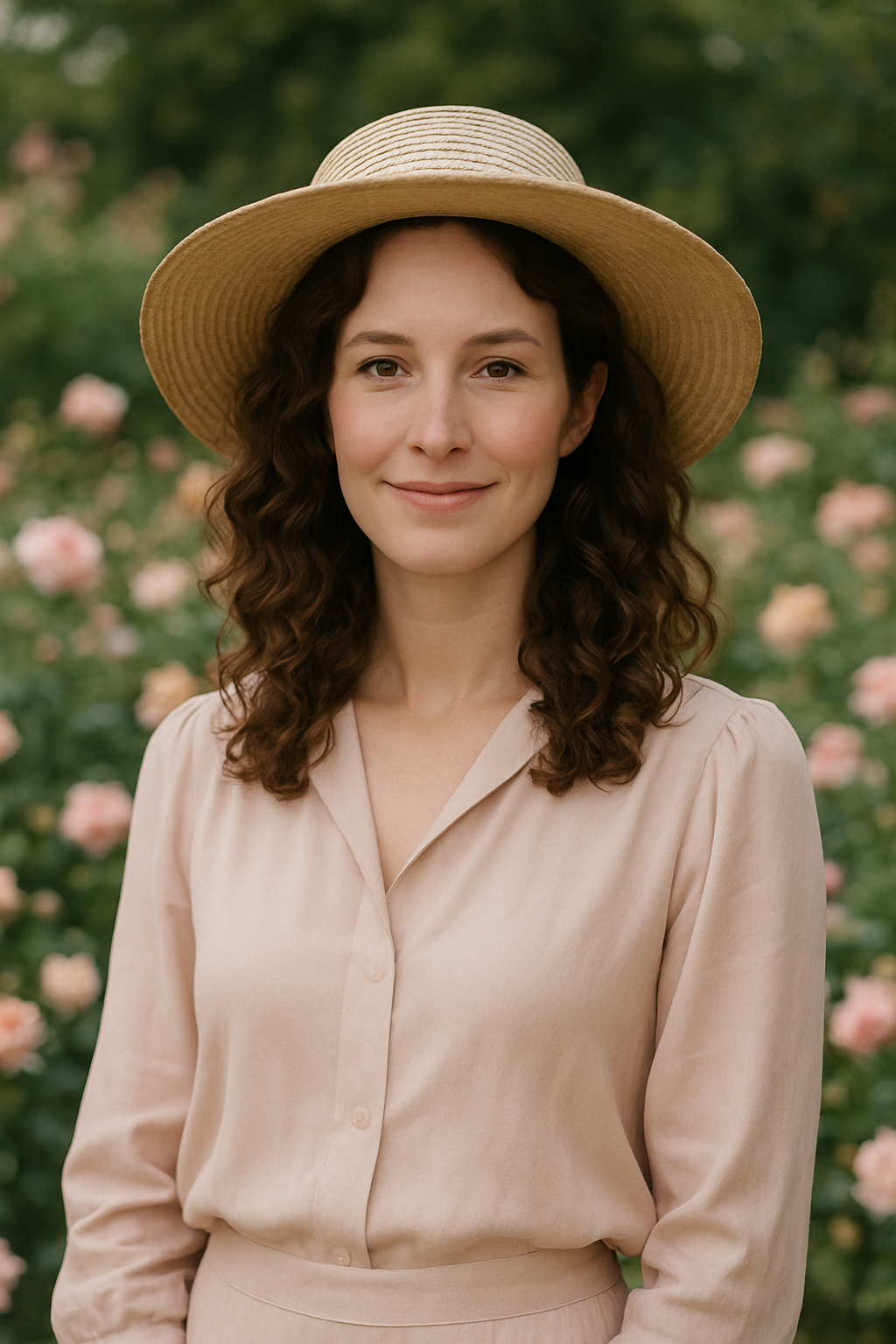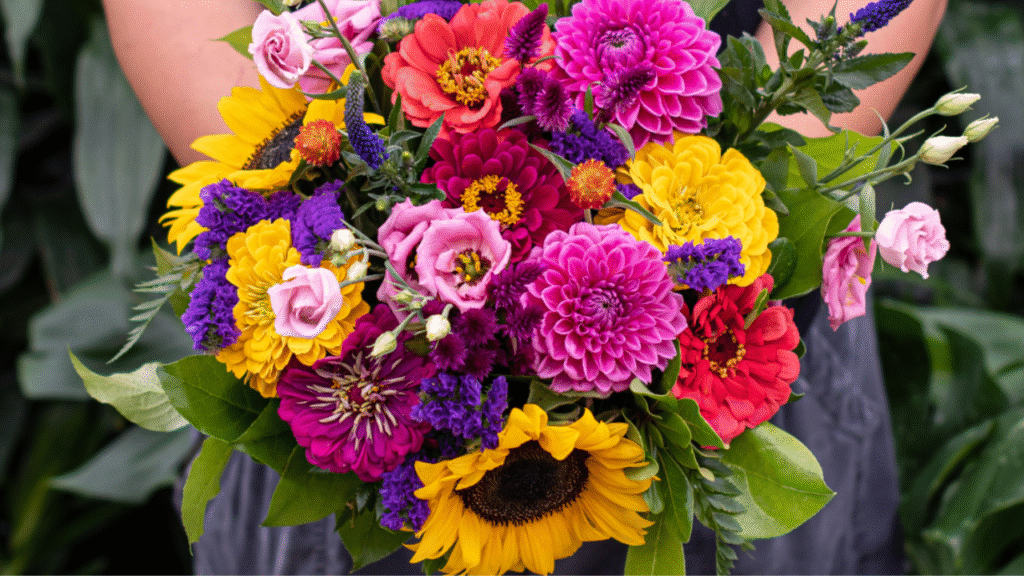
There’s something magical about walking through a small farm in full bloom rows of colorful petals swaying gently in the breeze, each flower holding the promise of joy, beauty, and even a bit of profit. When I first started growing cut flowers on my little patch of land, I had no idea how much difference the right flower choices could make. Over the years, I’ve learned that success doesn’t come from planting every flower you can find but from focusing on the best cut flowers for small farms—varieties that are productive, profitable, and loved by local customers.
I remember my first farmers’ market table years ago. My bouquets were filled with random blooms that I grew simply because they looked pretty. Some wilted overnight, others didn’t sell, and I went home discouraged. It wasn’t until I researched which flowers were truly reliable—flowers with long vase life, strong stems, and customer appeal—that my small farm began to thrive.
If you’re dreaming of turning your small farm into a thriving flower haven, I want to share everything I’ve learned. This guide will walk you through the best cut flowers for small farms, how to maximize small spaces, and tips for keeping your blooms healthy and long-lasting. Whether you’re planting your first seeds or refining your flower selection, I promise you’ll find inspiration and practical advice here.
Why Choosing the Right Cut Flowers Matters for Small Farms
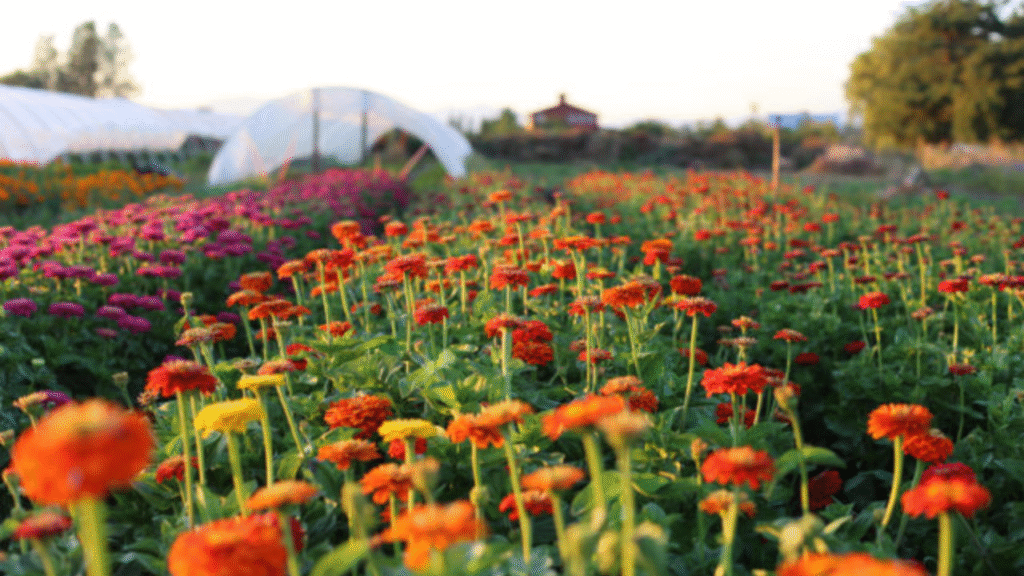
Growing flowers is both an art and a business. On a small farm, every inch of soil is precious, and selecting high-yield flowers with consistent demand can make the difference between a thriving business and a frustrating struggle.
When I began, I wasted space on flowers that didn’t sell well or had short vase lives. For instance, I once planted a large bed of ornamental poppies—gorgeous, but they dropped petals within a day of harvest. I learned (the hard way!) that choosing the right flowers saves time, increases profit, and builds your farm’s reputation.
Factors Affecting Flower Farm Profitability
- Market Demand: Popular flowers like zinnias, dahlias, and sunflowers often sell out fast at farmers’ markets.
- Blooming Seasons: Flowers with a long harvest window—like cosmos or snapdragons—are gold for small-scale growers.
- Ease of Growing: Hardy, low-maintenance flowers reduce labor costs and are forgiving for beginners.
Market Demand and Seasonal Trends
Customers love local, seasonal blooms. For example, dahlias peak in late summer and fall, while zinnias and cosmos dominate midsummer markets. Planning your planting around these trends means your bouquets will always feel fresh and relevant.
How to Select High-Yield Cut Flowers for Your Farm
Picking the right flowers is part strategy, part heart. Yes, grow what you love, but focus on varieties that give back generously.
Space-Saving and Prolific Varieties
When working with limited land, you need flowers that produce multiple stems per plant. Zinnias, cosmos, snapdragons, and celosia are cut-and-come-again flowers, meaning they produce more blooms when harvested regularly.
Long Vase Life and Transport Durability
If you’re selling at farmers’ markets or delivering to florists, your flowers must last. Dahlias, statice, strawflowers, and lisianthus (another great small-farm option) stay fresh and beautiful for days, keeping customers happy.
Top 10 Best Cut Flowers for Small Farms
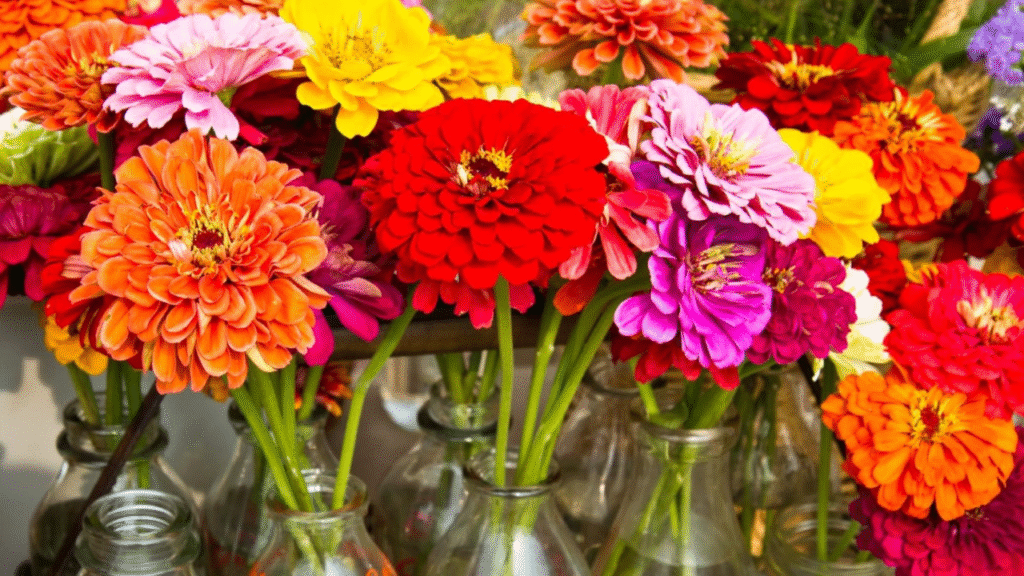
After years of trial and error, here are my go-to flowers that never fail to deliver both beauty and profit.
1. Zinnias – Easy-to-Grow and Vibrant Blooms
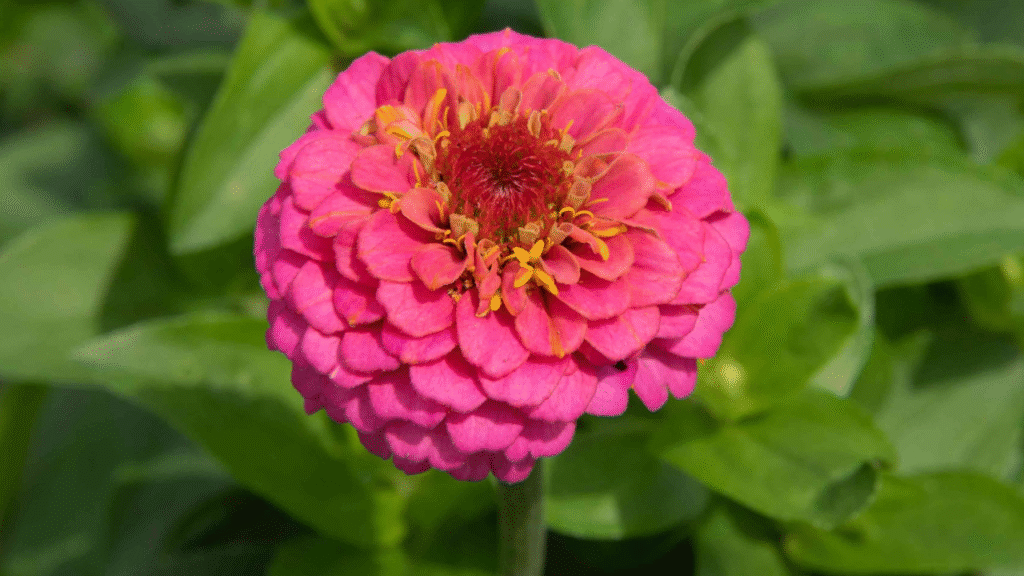
Zinnias are the workhorses of my farm. Their bold colors—from deep magenta to soft pastels—make every bouquet pop.
Flora’s Tip: Pinch zinnias when they’re about 12 inches tall. This encourages bushy growth and more stems.
2. Sunflowers – High Demand and Low Maintenance
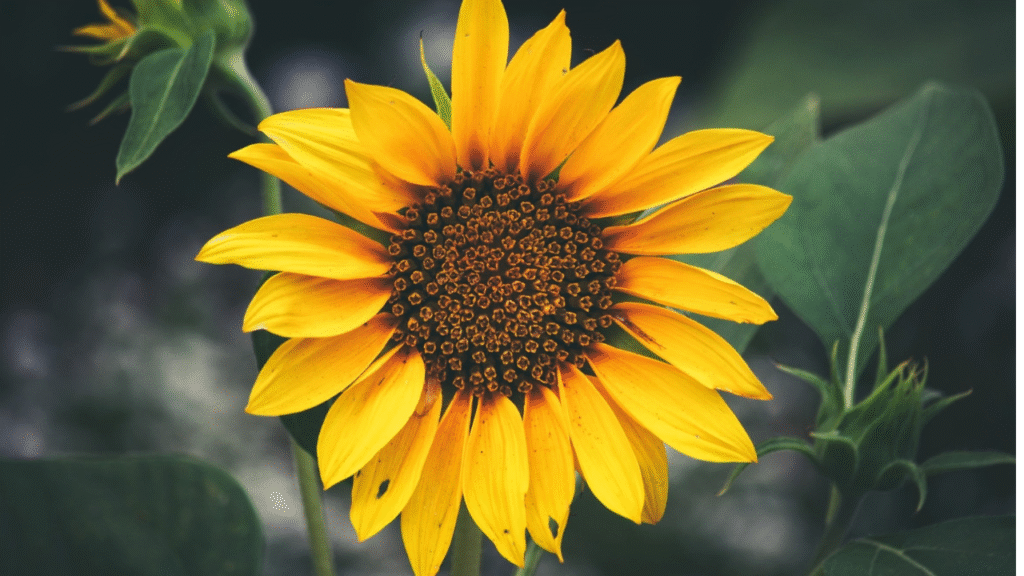
Few flowers capture hearts like sunflowers. I grow both single-stem and branching varieties for different uses.
Flora’s Tip: Plant sunflowers every 2 weeks in summer to keep your market stand stocked.
3. Dahlias – Premium Flowers for Local Markets
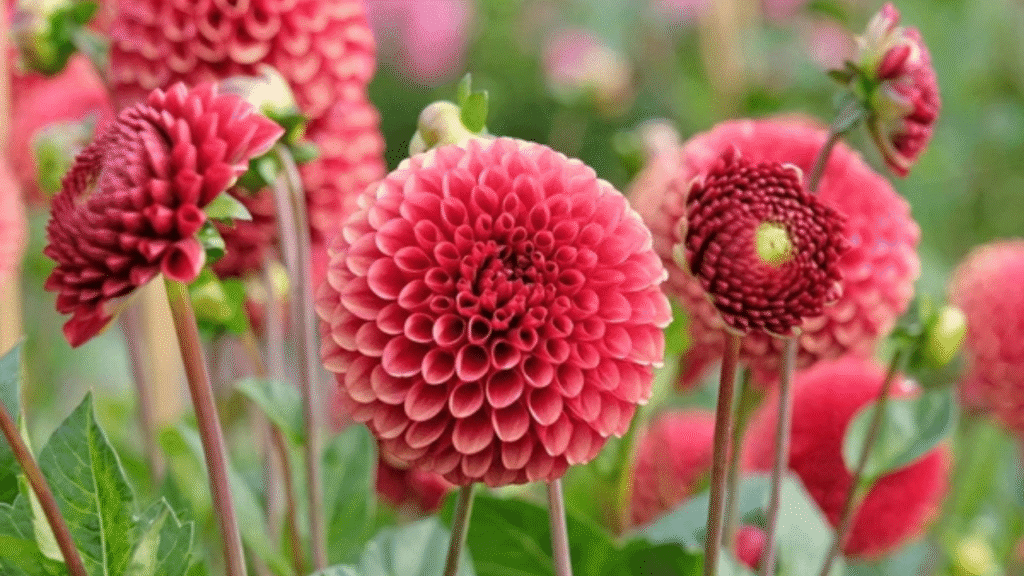
Dahlias are my “show-stoppers.” Customers often recognize me at the market for my dahlia bouquets.
Flora’s Tip: Cut dahlias in the cool morning when the blooms feel firm. Store them in deep buckets of water immediately.
4. Snapdragons – Colorful Spikes with Long Vase Life
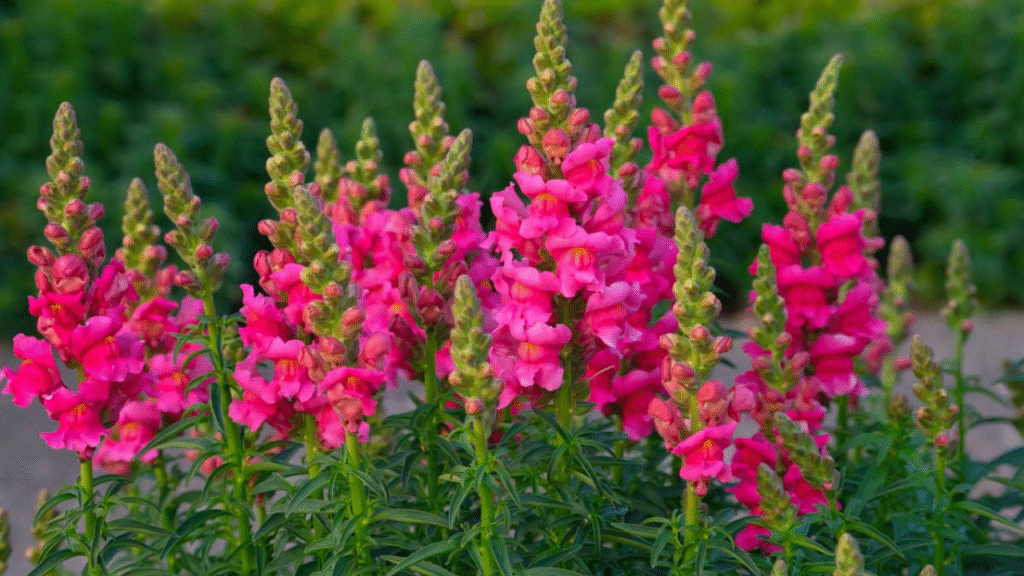
Snapdragons add height and texture to arrangements. I start seeds indoors for an early spring harvest.
5. Celosia – Unique Texture and Long-Lasting Appeal
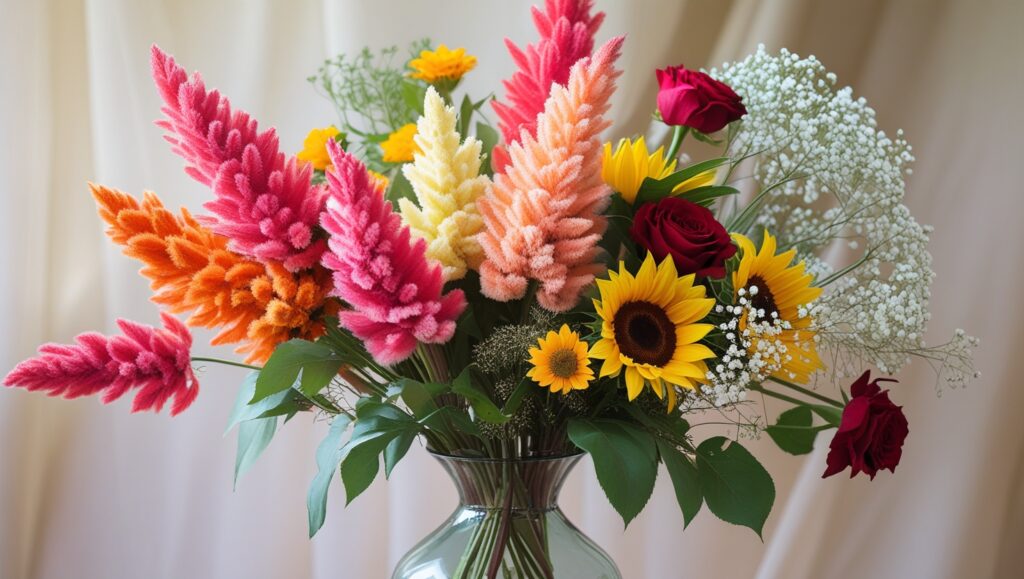
Celosia’s velvety, flame-like blooms make it a florist’s favorite. It’s also incredibly heat-tolerant, perfect for warm summers.
6. Statice – Perfect for Fresh and Dried Arrangements
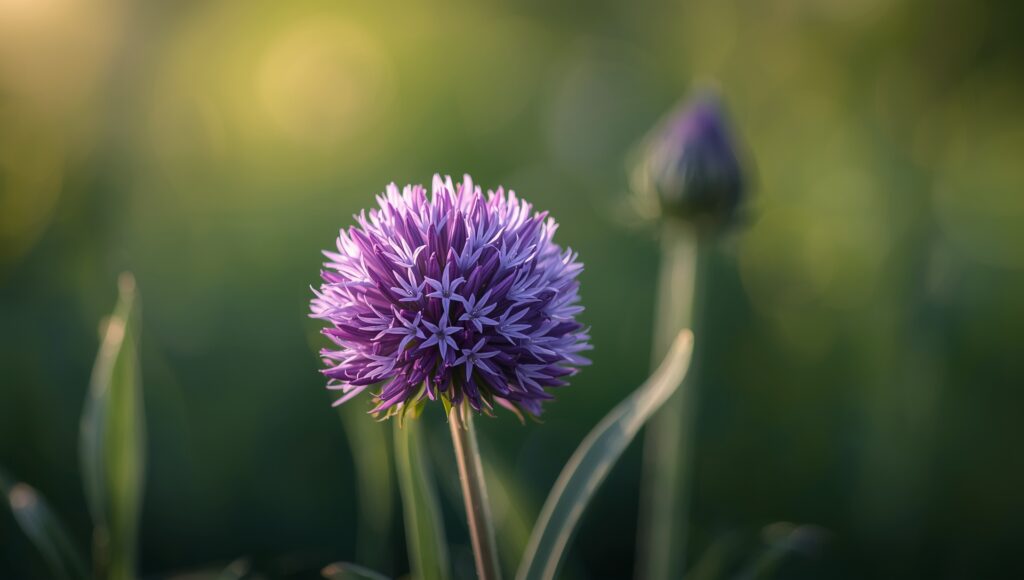
Statice dries beautifully without losing its color, adding value for wreaths and dried flower sales in winter.
7. Yarrow – Hardy and Versatile Blooms
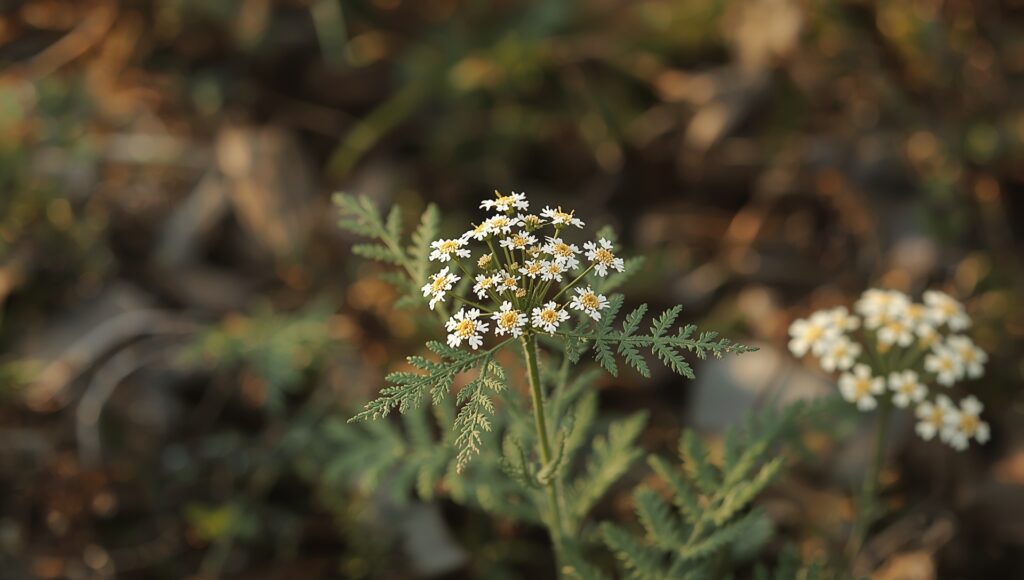
Yarrow thrives with minimal care and attracts pollinators, a win-win for both garden health and bouquet diversity.
8. Marigolds – Budget-Friendly and Profitable
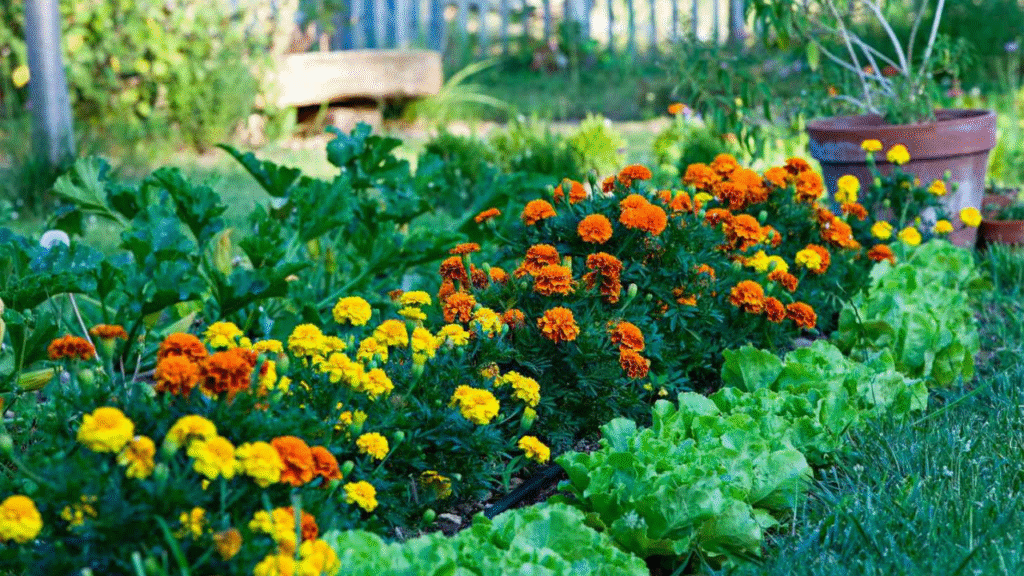
Marigolds are pest-resistant, fast-growing, and their vibrant tones brighten mixed arrangements.
9. Cosmos – Airy and Delicate Beauty
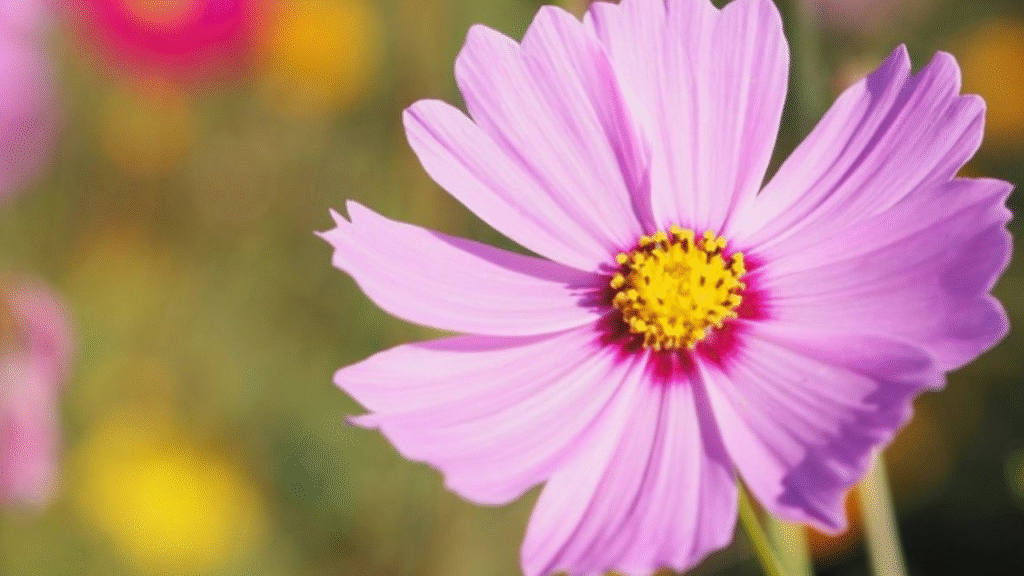
Cosmos bring a whimsical touch to bouquets. Their long, swaying stems fill arrangements with movement.
10. Strawflowers – Everlasting Dried Flower Favourite
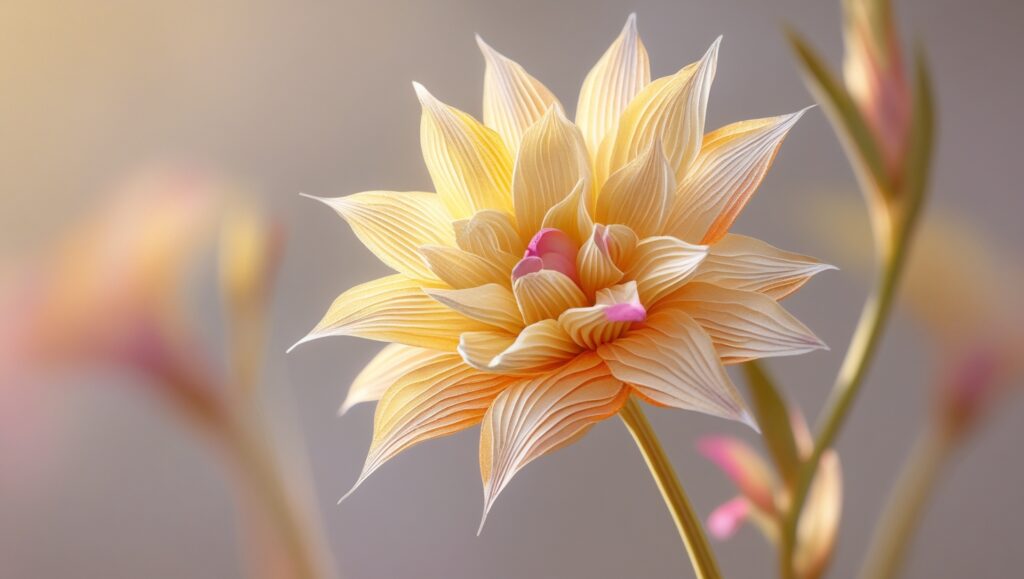
Strawflowers have papery petals that keep their shape, making them ideal for dried arrangements sold in the off-season.
Profitable Flower Combinations for Bouquets
Through experience, I’ve learned which flowers pair best to create irresistible bouquets:
- Zinnias + Marigolds + Snapdragons: Bright, cheerful farmers’ market bouquets.
- Dahlias + Statice + Yarrow: A premium mix for weddings and events.
- Sunflowers + Cosmos + Celosia: Rustic, seasonal arrangements that sell fast in late summer.
Maximizing Yield in Small Spaces
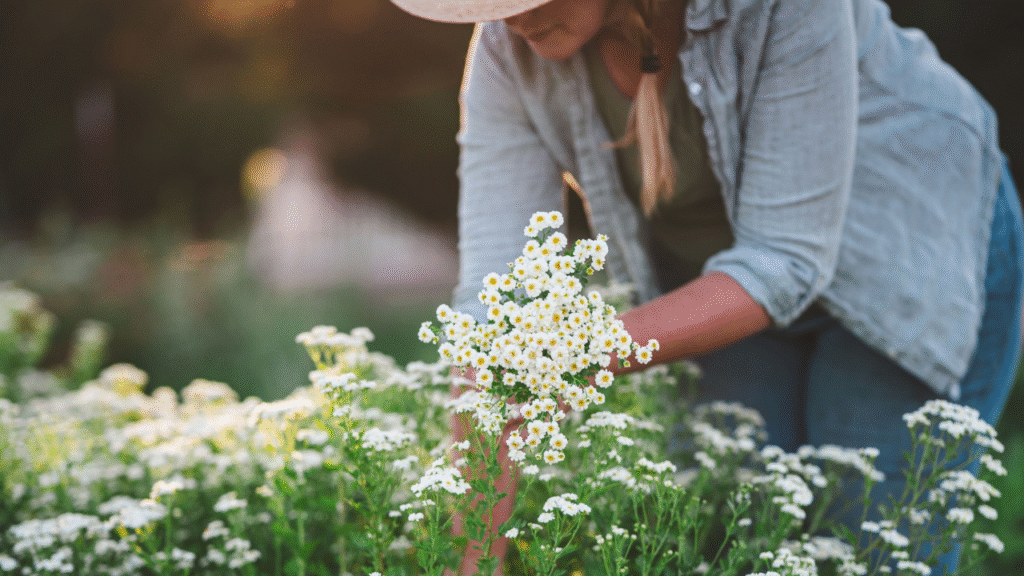
Small farms require strategy. I’ve turned my ¼-acre plot into a surprisingly productive garden using these methods:
Intensive Planting Techniques
Planting closer together (while allowing airflow) creates a fuller bed and boosts productivity.
Succession Planting for Continuous Blooms
Staggering plantings every 2–3 weeks means I have fresh flowers all season long.
Smart Bed Layout for Higher Productivity
- Narrow Beds: Easier access for harvesting and weeding.
- Companion Planting: Pair marigolds with dahlias or zinnias to deter pests naturally.
[Link: Beginners Guide to Cut Flower Gardening | First Year of Flower Farming]
Best Practices for Harvesting and Handling Cut Flowers
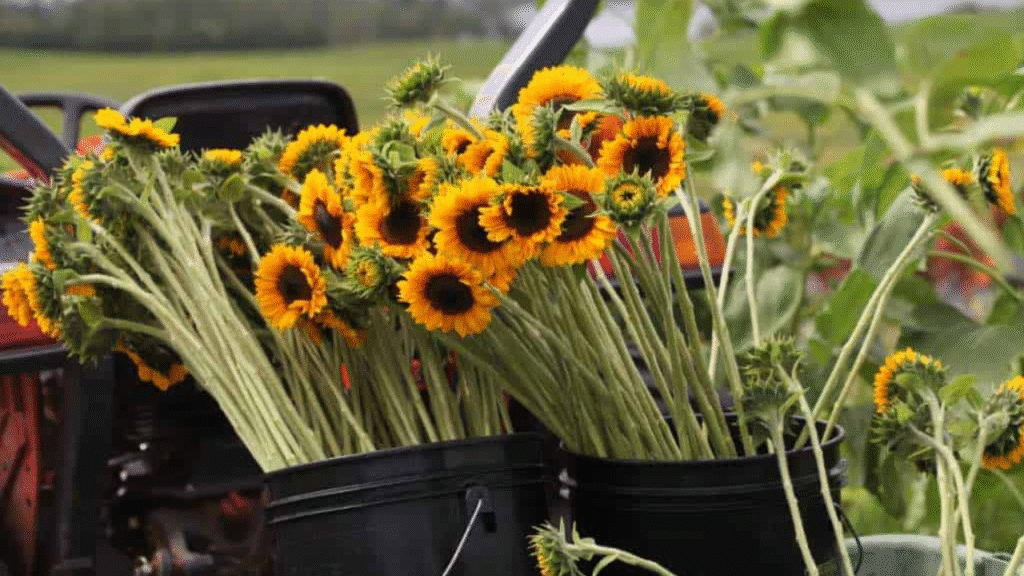
Proper handling ensures your hard work pays off in long-lasting arrangements.
When to Harvest for Maximum Vase Life
- Morning Harvest: Flowers stay hydrated and crisp.
- Stage of Bloom: Cut zinnias when fully open; sunflowers when petals just start to unfurl.
Post-Harvest Care and Storage Tips
- Remove foliage below the waterline to prevent bacteria.
- Use clean buckets and fresh water daily.
- Store flowers in a shaded, cool area before arranging.
Flower Comparison Table for Small Farms
| Flower | Bloom Season | Sunlight Needs | Vase Life (Days) | Market Demand |
|---|---|---|---|---|
| Zinnias | Summer–Fall | Full Sun | 7–10 | High |
| Sunflowers | Summer–Fall | Full Sun | 5–7 | Very High |
| Dahlias | Late Summer–Fall | Full Sun | 5–8 | Very High |
| Snapdragons | Spring–Summer | Full Sun/Partial | 7–10 | High |
| Strawflowers | Summer–Fall | Full Sun | 14+ (dried) | High |
Final Thoughts on Growing Cut Flowers for Profit
Starting a small flower farm is both exciting and intimidating, but I promise it’s worth every effort. The key is focusing on a few of the best cut flowers for small farms, mastering their care, and creating arrangements that bring joy.
Every time I hand a bouquet to a customer, I think back to my first wobbly steps as a grower. If I can succeed with a tiny patch of land, so can you. Start small, experiment, and don’t be afraid to grow flowers that speak to your heart. Profit will follow when passion leads the way.
FAQs About the Best Cut Flowers for Small Farms
1. Which cut flower is most profitable for small farms?
Sunflowers, dahlias, and zinnias are among the most profitable due to strong demand and repeat blooms.
2. How many types of flowers should I grow on a small farm?
Start with 5–7 reliable varieties like zinnias, sunflowers, and snapdragons. Add specialty flowers as you learn what customers love.
3. Can I grow cut flowers organically?
Yes! Use compost, natural fertilizers, and companion planting to avoid chemicals and attract pollinators.
4. What’s the best way to sell flowers from a small farm?
Farmers’ markets, CSA subscriptions, and partnering with local florists are great starting points.

